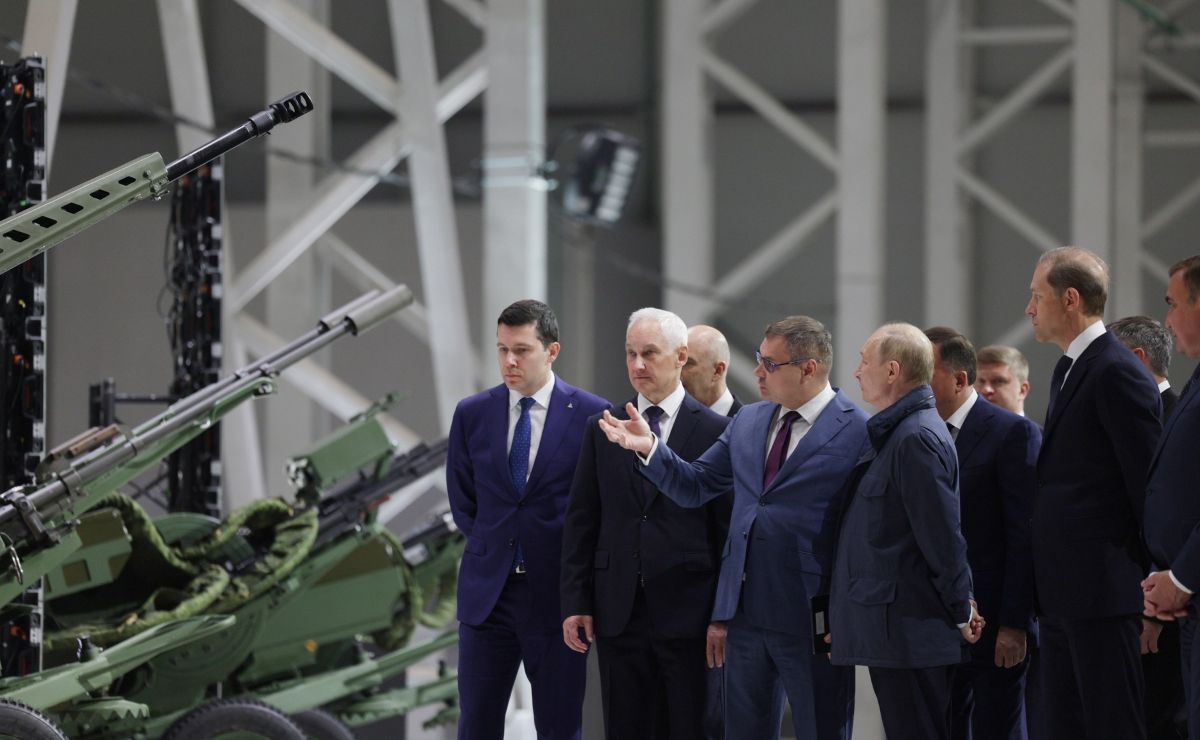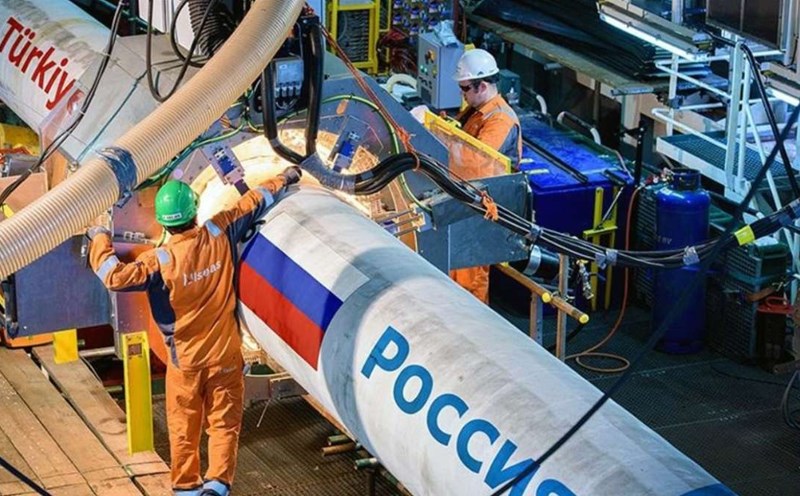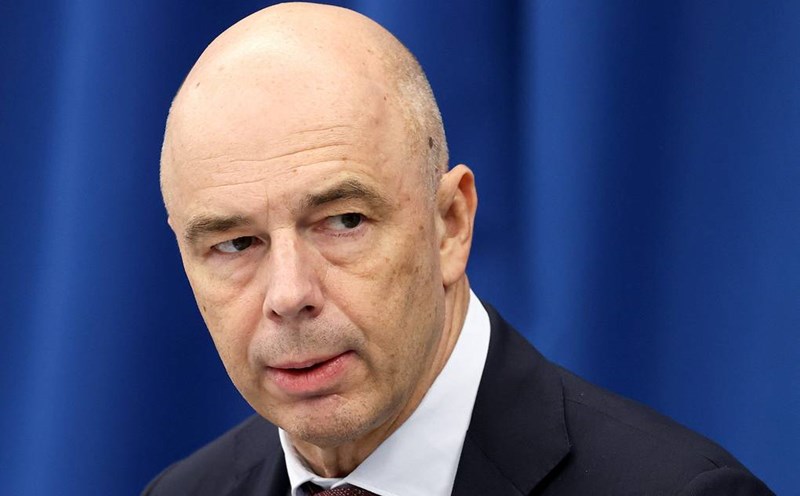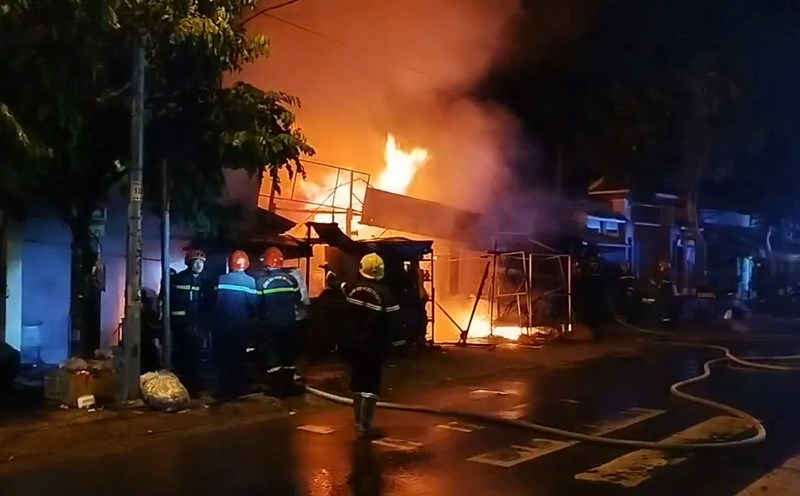Last weekend, speaking during a visit to Motovilikha Factory - a nearly 300-year-old artillery manufacturing facility, President Vladimir Putin affirmed that Russia has expanded its defense production scale to an unprecedented level.
With some types of weapons, the output has not only increased by a few hundred but has been 2, 3, 10, 15 times, even 30 times higher. And the quality has also been improved, modern technology has met demand, Putin stressed.
Motovilikha is a factory famous for its closed artillery production line, which has played a pivotal role in the history of Russia's defense industry.
At the same time, Almaz-Antey Group said that in 2025, it will more than double the production of the S-350 Vityaz and S-400 Triumph air defense systems, and own a series of new missile lines. Some lines have even increased 4 times compared to before.

Meanwhile, Mr. Vadym Skibitskyi, Deputy Director of the Ukrainian Military Intelligence Service (GUR), said Moscow had planned mass production in 2025.
According to Skibitskyi, Russia aims to build 57 modern fighters including the Su-57, Su-35, Su-34 and Su-30. In addition, about 250 new T-90M tanks, 1,100 armored personnel carriers, and 365 new artillery systems are also in the plan.
In parallel, Russia still widely recycles old equipment from the Soviet era, such as tanks, artillery, infantry fighting vehicles, etc., which are stored in reserve warehouses. Ukraine estimates that Russia has consumed 50-75% of these reserves, but still maintains newly large enough production capacity to compensate.
Mr. Skibitskyi said that Russia focuses on weapons that prove effective in real combat. In 2025, the Russian military plans to manufacture nearly 2,500 high-precision missiles, including Iskander missiles, Kinzhal hypersonic missiles and other cruise missiles.
In particular, the production of unmanned aerial vehicles (UAVs) such as Geran, Harpy and FPV drones has increased sharply, becoming a top priority.
In the armored field, Russia has reduced its payroll to three main types of tanks: T-90, T-14 Armata and T-80. The artillery focuses on new or deeply modernized systems such as Koalitsiya-SV, Msta, Malva, Giatsint and Magnolia.
According to Ukrainian intelligence, despite tightening Western sanctions, Russia is still trying to maintain the supply chain and avoid being "stuck" in defense production. Many factories have reduced capacity after the collapse of the Soviet Union but have never closed, helping Russia retain its industrial base and leading arms export position.
Mr. Skibitskyi warned: "Russia is adjusting the priority for developing weapons based on lessons from Ukraine. The new generation of missiles will have longer range, more accuracy and a larger warhead.











